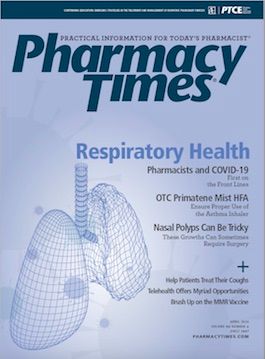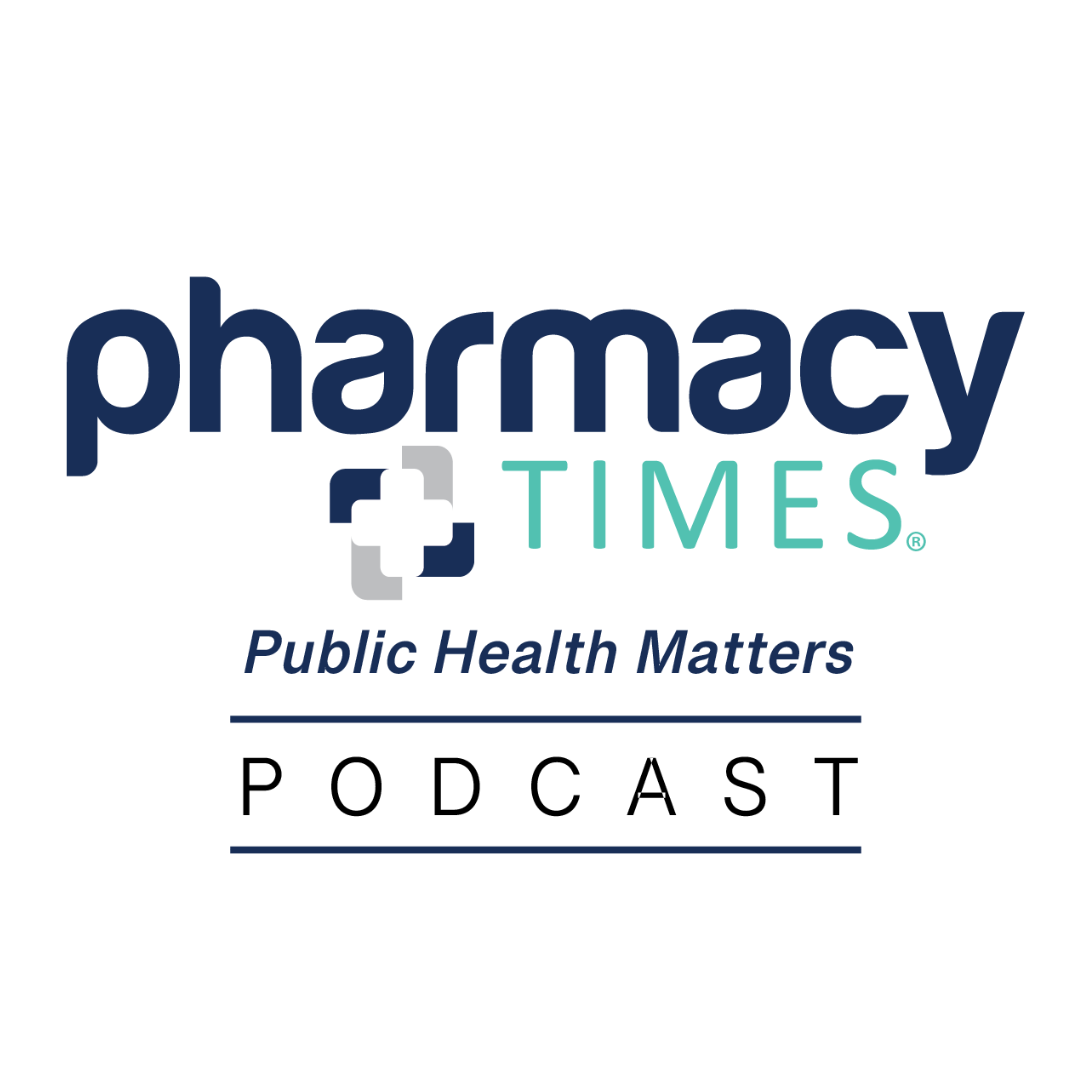Publication
Article
Pharmacy Times
Brush Up on Mumps and Key Precautions
Author(s):
As outbreaks occur nationwide, pharmacists should bolster their knowledge about the MMR vaccine and treatment recommendations.
Between january 1, 2019, and december 6, 2019, 48 states and the District of Columbia reported mumps infections in 3252 individuals, according to the CDC.1
As the most accessible health care providers,2 pharmacists should ensure they know about the mumps virus, the measles, mumps, and rubella (MMR) vaccine, and recommendations during an outbreak.
Mumps, a paramyxovirus, is transmitted through direct contact with respiratory droplets or saliva. Prodromal symptoms are nonspecific and may be confused with influenza. Complications may occur in patients because of mumps. The most common complication is orchitis (testicular inflammation), which presents as abrupt testicular swelling, fever, nausea, tenderness, and vomiting. In rare case, mumps can cause sterility in male patients. In female patients, oophoritis may occur, but it does not affect fertility. Table 1 provides an overview of mumps.3

OUTBREAK RECOMMENDATIONS
Before the United States initiated its mumps vaccination program in 1967, clinicians reported about 186,000 cases each year, which may be an underestimation because of underreporting. Since the 2-MMR dose vaccination program started in 1989, US mumps cases have decreased by more than 99%, with just a few hundred cases reported in most years. Since 2006, the CDC has tracked increases in cases and outbreaks about every 5 years.1
Mumps outbreaks occurred in multiple communities and states between 2006 and 2017. Some outbreaks occurred in tight-knit communities where vaccination rates were high.1 Two plausible theories for these outbreaks are immune escape and waning vaccine-induced immunity.
The immune escape theory suggests that the mumps virus genetically drifted from the vaccine strains and its epitopes (the part of an antigen recognized by the immune system) and is no longer recognized. This theory implies that the vaccine is compromised and a new one must be designed to target the new mumps virus epitopes.4 Vaccine-induced immunity is fading, and this leads to a suboptimal immune response, which in turn leads to the spread of the virus. Waning vaccine immunity increases over time since vaccination took place, making adults more likely than children to become infected.
Pharmacists should be aware of mumps outbreak control. The CDC’s main strategy is to define the population(s) at risk and the transmission setting(s) and to identify and vaccinate individuals who lack immunity. A third dose of MMR prevents mumps and its complications effectively and safely in individuals at increased risk. Vaccination prevents infection in individuals who have not yet been exposed or infected.5 Pharmacists working in health-system pharmacies may be responsible for supplying and administering the MMR vaccine for health care workers and hospitalized patients. Pharmacists in other settings may field questions from other health care personnel or patients.6
PREVENTION
The key to managing mumps is prevention, as the only treatment is supportive care. The CDC recommends that all children receive a 2-dose schedule of the MMR vaccine, starting with the first dose at age 12 through 15 months and the second dose at age 4 through 6 years. The MMR vaccine is 88% effective after 2 doses and 78% effective after a single dose.3
FACT VERSUS FICTION
Pharmacists must be prepared to dispel myths. Table 2 compares fact and fiction regarding the MMR vaccine.7-11

Krystal Scinto is a PharmD candidate at the University of Connecticut School of Pharmacy in Storrs.
REFERENCES
- CDC. Mumps cases and outbreaks. CDC website. cdc.gov/mumps/outbreaks.html. Updated February 11, 2020. Accessed March 6, 2020.
- Tsuyuki RT, Beahm NP, Okada H, Al Hamarneh YN. Pharmacists as accessible primary health care providers: review of the evidence. Can Pharm J (Ott). 2018;151(1):4-5. doi: 10.1177/1715163517745517.
- CDC. Mumps: for healthcare providers. CDC website. cdc.gov/mumps/hcp.html. Updated March 15, 2019. Accessed March 6, 2020.
- Alkam D, Jenjaroenpun P, Wongsurawat T, et al. Genomic characterization of mumps viruses from a large-scale mumps outbreak in Arkansas, 2016. Infect Genet Evol. 2019;75:103965. doi: 10.1016/j.meegid.2019.103965.
- Clemmons N, Hickman C, Lee A, Marin M, Patel M. Chapter 9: mumps. Manual for the surveillance of vaccine-preventable diseases. cdc.gov/vaccines/pubs/survmanual/ chpt09-mumps.html. Updated January 31, 2018. Accessed March 6, 2020.
- Akiyode O, Rungkitwattanakul D, Emezienna N, Noumedem P. The resurgence of mumps. US Pharm. 2019;44(5):18-21. uspharmacist.com/article/the-resurgence-ofmumps. Accessed March 6, 2020.
- Measles, mumps, and rubella (MMR) vaccine safety studies. CDC website. cdc.gov/vaccinesafety/vaccines/mmr/mmr-studies.html. Updated January 29, 2020. Accessed March 6, 2020.
- Godlee F, Smith J, Marcovitch H. Wakefield’s article linking MMR vaccine and autism was fraudulent. BMJ. 2011;342:c7452. doi: 10.1136/bmj.c7452.
- Multiple vaccines and the immune system. CDC website. cdc.gov/vaccinesafety/ concerns/multiple-vaccines-immunity.html. Updated October 1, 2018. Accessed March 6, 2020.
- Measles vaccination: myths and facts. Infectious Diseases Society of America website. idsociety.org/public-health/measles/myths-and-facts/. Accessed March 6, 2020.
- Understanding thimerosal, mercury, and vaccine safety. CDC website. cdc.gov/ vaccines/hcp/conversations/downloads/vacsafe-thimerosal-color-office.pdf. Updated February 2013. Accessed March 6, 2020.
































